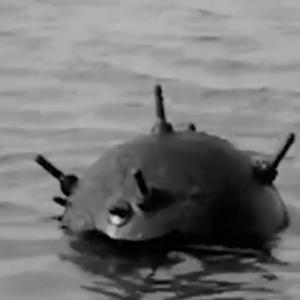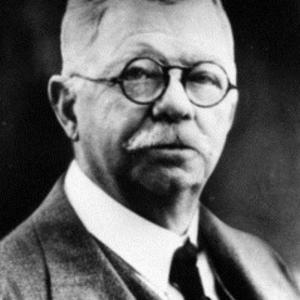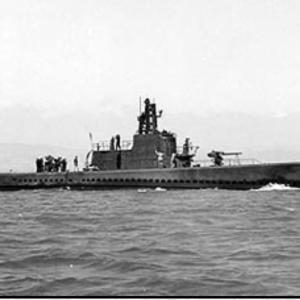
Unification of Berlin
In 1989 the political landscape of Europe changed forever as the borders between East and West Germany were unexpectedly opened, triggering the collapse of the Berlin Wall and setting in motion the rapid unification of Germany. For decades the Wall had stood as the concrete symbol of the Cold War, dividing not only a city but families and entire ways of life. Built in 1961 by the German Democratic Republic, it was intended to prevent East German citizens from fleeing to the capitalist West. Yet by the late 1980s the Soviet Union was weakening, Eastern Bloc governments were losing control and the people of East Germany were increasingly unwilling to tolerate restrictions on travel and freedom.
The pressure built steadily throughout 1989 as thousands of East Germans escaped through neighbouring countries such as Hungary and Czechoslovakia after Hungary lifted its border barriers with Austria. Mass demonstrations erupted in cities like Leipzig and Dresden, where people called for reform, democracy and the right to travel. East German leader Erich Honecker resigned in October and was replaced by Egon Krenz, but the new leadership underestimated the scale of public demand. The regime scrambled to produce new travel regulations in an attempt to calm the protests.
On the evening of 9 November 1989 East German spokesman Günter Schabowski held a press conference in which he mistakenly announced that citizens would be allowed to cross into the West immediately and without restriction. In truth the regulation had not yet been finalised, but the announcement was broadcast live and thousands of East Berliners rushed to the border checkpoints. The border guards, unprepared and lacking clear orders, eventually opened the gates rather than risk violence. Crowds surged through, embracing West Berliners in scenes broadcast around the world. People began climbing onto the Wall itself and hacking away pieces with hammers and chisels. Although the physical demolition would take months, its political collapse was instantaneous.
The fall of the Wall destroyed the legitimacy of the East German state. Within weeks the ruling Socialist Unity Party lost its grip on power and free elections were held in March 1990, resulting in a government committed to reunification with the Federal Republic of Germany. Negotiations began swiftly, involving not only the two German states but also the four Allied powers that had controlled postwar Germany: the United States, the Soviet Union, Britain and France. Economic union came first in July 1990 with the adoption of the West German Deutsche Mark in the East, which further accelerated the process.
A formal reunification treaty was signed and on 3 October 1990 the German Democratic Republic ceased to exist, its territory becoming part of the Federal Republic. Berlin was reinstated as the capital. The unification was achieved faster than most observers had believed possible only a year earlier and represented a decisive end to the Cold War divide in Europe. The opening of the borders in 1989 not only reunited families and communities but also marked the triumph of peaceful protest and public will over an authoritarian regime, reshaping the political order of the continent.










